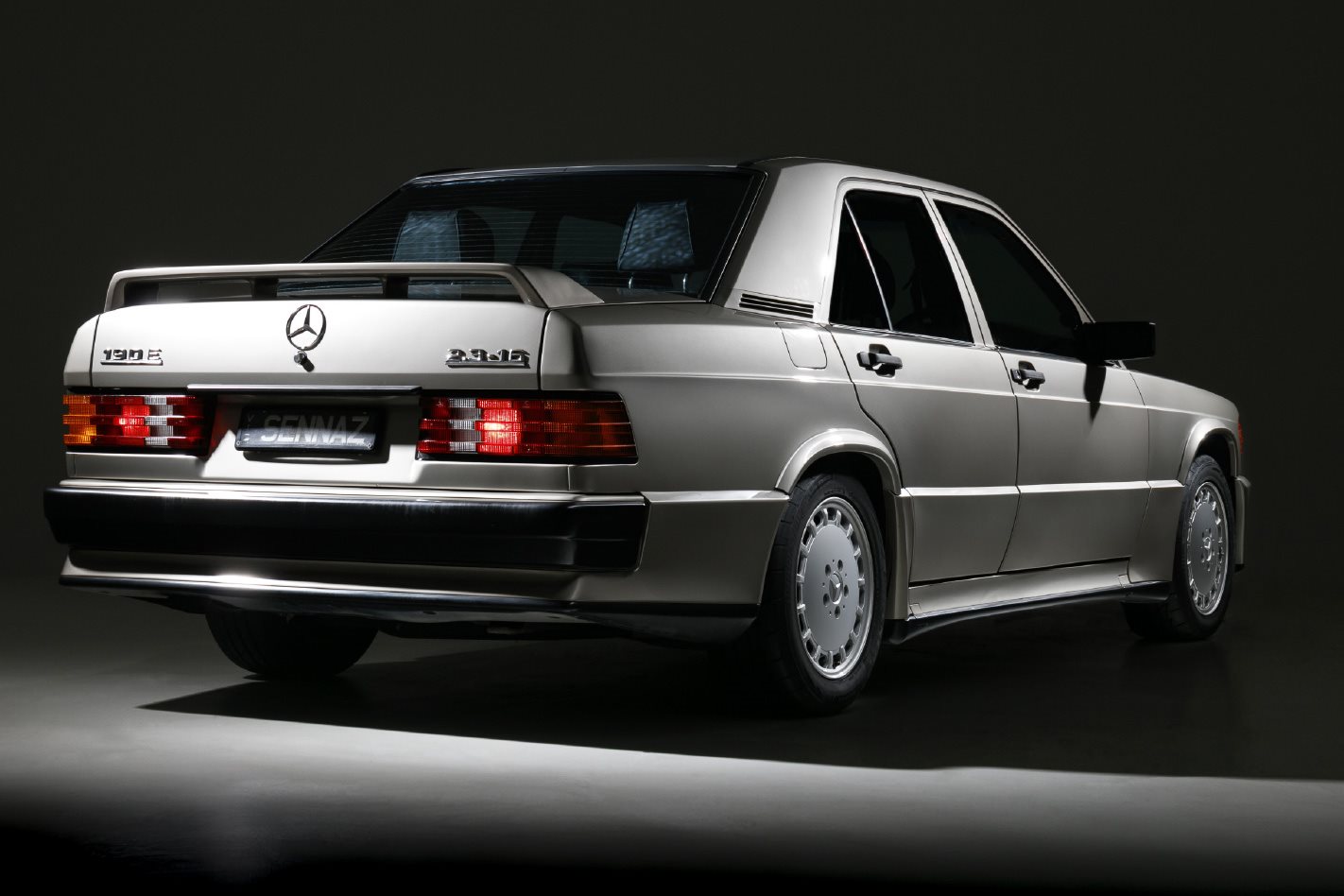IT’S TINY. In the metal, the Mercedes-Benz 190E 2.3-16 is like a 5/8 scale representation of its reputation. It takes up less space on our turntable than a modern compact hatch like a Honda Civic, and there’s something jewel-like and contemporary about its surfacing. Stylist Bruno Sacco was responsible for a generation of Mercedes design from 1975 to 1999 and this was the car he was most proud of.
It’s easy to see why.
The 190E 2.3-16 never officially came to Australia but its legacy is nevertheless apparent here. Without this 1984 Benz, there would have been no BMW E30 M3, a car which, despite its relatively aged styling, first appeared a year later. So this is the car to thank if you have an M3, or a Mercedes-AMG C63 or an Audi RS4, or a Lexus IS-F or even an Alfa Romeo Giulia QV. You get the point.
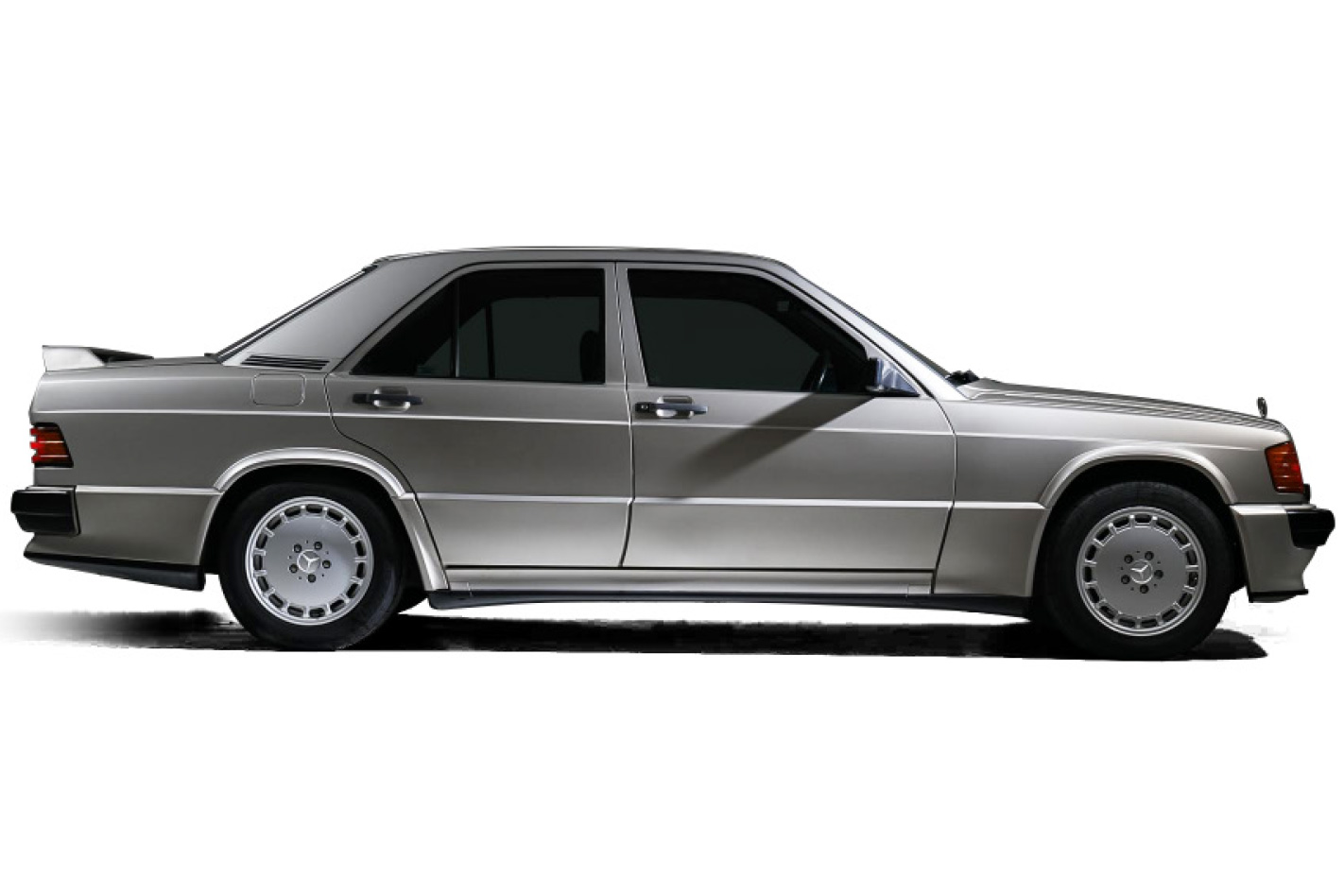
Mercedes originally started on development of the 190 (or W201 series in the language of Untertürkheim engineers) way back in 1974, with the first test mules running in 1978. The subproject that was to become the 2.3-16 was originally envisaged as a rally car to replace the C107 450 and 500SLC models, but then the Audi quattro happened. Mercedes instead turned its attentions to touring car racing and the fledgling Deutsche Tourenwagen Meisterschaft (DTM) series.
The fact that the 190E 2.3-16 was the first car in its particular class is evident from a somewhat unusual comparison published in Wheels back in December 1986. This saw Holden’s VK Calais Director take on the BMW M5, the Ford Sierra RS Cosworth and the new Mercedes. Never mind the fact that the BMW and Holden were at least a size bigger than the baby Benz or that the Ford was around half its price.
In case you were curious, all three of the European cars smoked the big Holden around Castle Combe circuit and the 190E 2.3-16 got the nod, Wheels doyen Peter Robinson surmising that the Mercedes “comes across as the consummate sporting sedan. It doesn’t have the sheer acceleration of the Ford or BMW, but it is so well balanced, so beautifully vigorous, that you could never tire of driving it.”
To publicise the launch of the 2.3-16 after its unveiling at the 1983 Frankfurt motorshow, Mercedes came up with the idea of a one-off ‘Race of Champions’ among Formula 1 champs, to be held at the new Nürburgring circuit. The call went out to the likes of Alain Prost, James Hunt, Alan Jones, John Watson, Jody Scheckter, Keke Rosberg, Jack Brabham, Carlos Reutemann and Emerson Fittipaldi. The latter had to pull out of the race due to Indy 500 commitments, and recommended a young Brazilian, just three races into his F1 career with the unfancied Toleman outfit. His name was Ayrton Senna da Silva.
Prost picked Senna up at Frankfurt airport and gave the 24-year-old rookie a pep talk en route, whereupon Senna promptly punted the Frenchman off on lap one and went on to win the race.
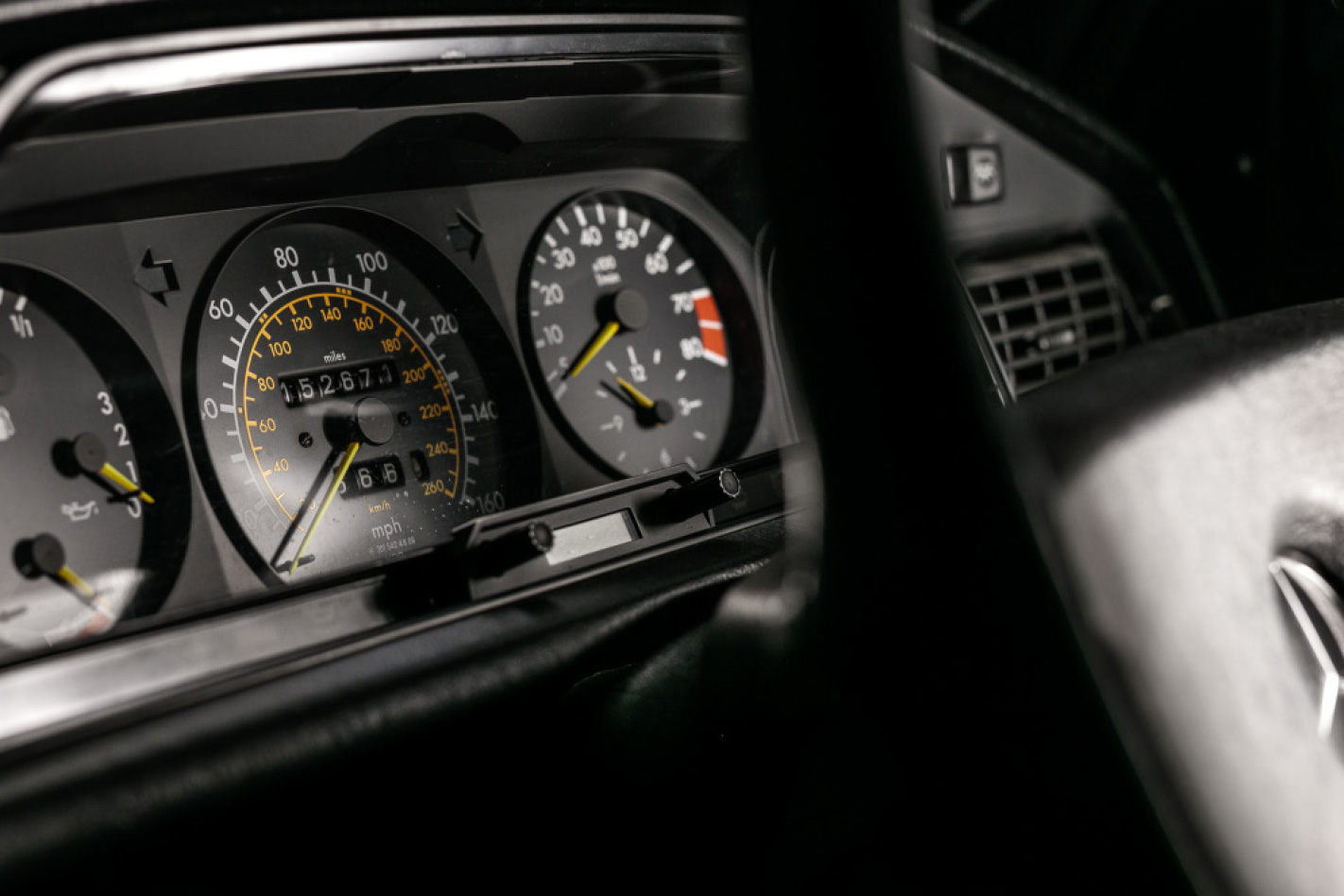
Senna was so taken with the 190E 2.3-16 that he bought one himself. It was the last car he’d ever pay his own money for, albeit at a 25 percent discount from Mercedes-Benz, and it’s his car that graces our studio. He bought it while sharing a house with Maurício Gugelmin in the UK and he sold it prior to relocating to Monaco in 1987. It now lives in Melbourne (see sidebar p36).
For homologation Mercedes only needed to sell 5000 units in a single year, and it sold more than 8000 in 1985 alone, offered in just two colours: Blue-Black (paint code DB199) and Smoke Silver (DB702).
Despite all this homologation effort, the 190E 2.3-16 never actually won the DTM championship. That would have to wait until 1992 when its successor arrived in its ultimate incarnation, the stroked 2.5-16 Evo II. Yet as a road car, it’s the frenetic smaller engine that feels more exotic. There was little in the way of expertise in Germany for four-valve-per-cylinder technology during the early 1980s. Borgward, whose 1.5-litre Formula 2 engines featured this layout, had gone to the wall two decades earlier, so the Germans looked across the Channel to Cosworth in the UK.

The 2.3-litre engine – as seen in the 190 and 230E – was fundamentally strong, and Cosworth cast the twin-cam, 16-hole head, and performed calibration work on the electronically controlled ignition and idling, the Bosch K-Jetronic fuel injection and air-bathed injection valves. The engine, codenamed WAA, featured Cosworth’s first one-piece head, with the camshaft carrier cast integral to the cylinder head itself. Mahle pistons and an intricate mandrel-bent exhaust manifold helped create what was then the highest-revving road car engine to carry the three-pointed star (7100rpm).
Mercedes continued to develop the ride and handling package. The fundamentals were already excellent, with a multi-link rear end, self-levelling suspension, an aerodynamically stable body and a Getrag 265 five-speed ‘box (much the same unit as found in the E30 M3) backed up with a 32-percent limited-slip differential. Despite its relatively short gearing, refinement was excellent, especially for a car that weighed just 1260kg, 70-litre homologation fuel tank notwithstanding. Anti-roll bars and bushes were beefed up, control arms reinforced, and springs, dampers, steering knuckles and wheel hubs all uprated. The recirculating ball steering system was also quickened to three turns lock-to-lock.
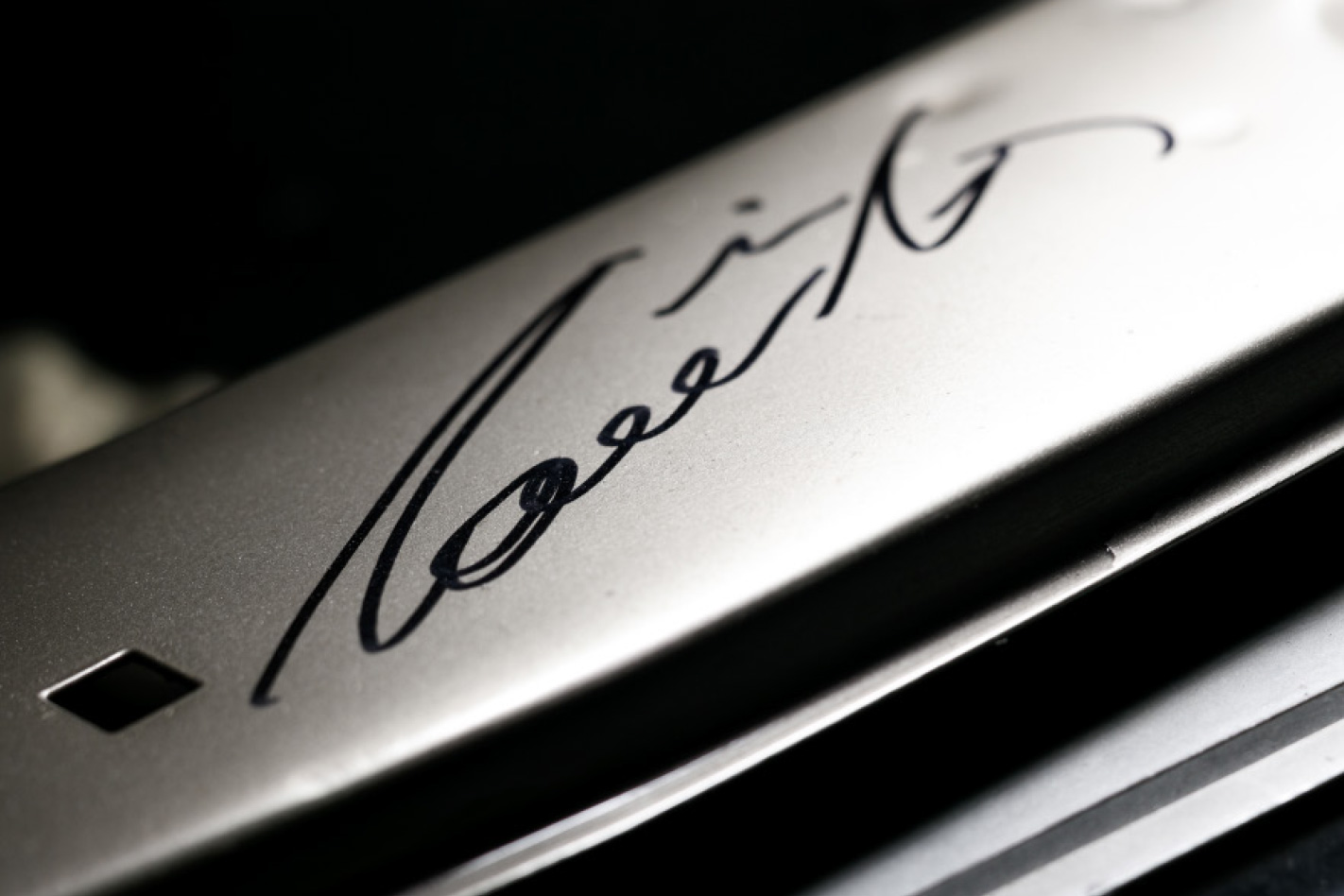
Ride quality was firmish for the time, but would be described as languid today. The suspension system coped with a full load of passengers extremely well, although the standard Pirelli 205/55 VR15 tyres were somewhat noisy and hardly the last word in lateral adhesion. Peak power arrived at 6200rpm and the fuel cut appeared at 7100rpm, but that gives little indication to the remarkable character of this engine. You’re probably used to a torque plateau. The 190E 2.3-16 has a power plateau that hardly deviates from the horizontal all the way from 5500rpm to the redline. That’s what makes it so easy to keep on the boil and why the 2.3-16 carries speed so fluidly on a cross-country route.
It’s not concussively quick off the line, Wheels’ test seeing it stop the clock to 100km/h at 8.2sec versus 6.6sec for the M5, 6.7sec for the Sierra RS Cosworth and 7.8sec for the lazy Calais. The factory claimed a 7.5sec figure. The engine’s top-end malleability and the well-telegraphed transitions from understeer through neutrality to mild oversteer nevertheless endow enormous confidence. It’s both lighter and less spiky than an early E30 M3 and – even to this unashamed M car enthusiast – probably makes a more satisfying road car.
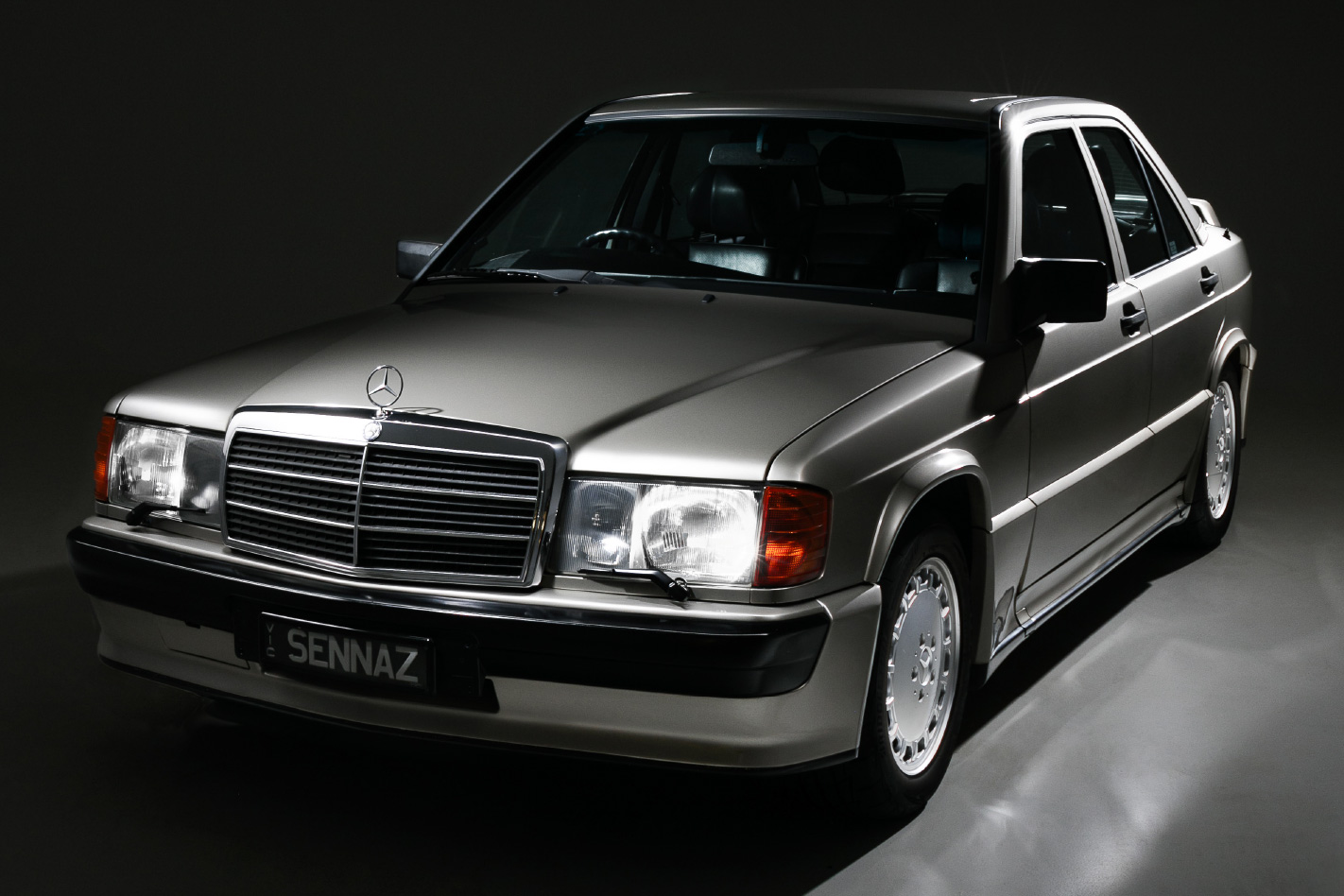
The cabin still feels beautifully overengineered and generally well packaged, although the Zebrano wood and massive non-adjustable steering wheel speak of a certain mid-’80s zeitgeist. The trim is hardwearing and the quality of the thing is impressive. Beneath the floor mats is thick carpet held by snaps to a false floor that’s drilled for lightness. Beneath that is a network of intricate conduits that house the hoses, wiring and, below that, the asphalt-coated steel floorpan. Ironically, it’s this outdated overcommitment to build integrity that makes the 190E feel so modern. Unlike most 1980s cars, the doors thunk shut and there are few squeaks and rattles.
Rust can be an issue under the rear seats, interior plastics can fade and crack with UV exposure, tired rubber seals and bushings can be costly to replace and repairing niggly electrics can be hellishly expensive. The chain-driven engine is a tough unit, although fuel pumps soon fail if the car is left dry. The wiper arm needs frequent regreasing, the air-con can be flaky, OE distributor rotor arms are fragile, and the simplex cam chain is a 70,000 mile (112,000km) replacement which will be costly. You’ll also need to check that the car isn’t a US market edition, as these featured a lower compression ratio and only 125kW as a result.
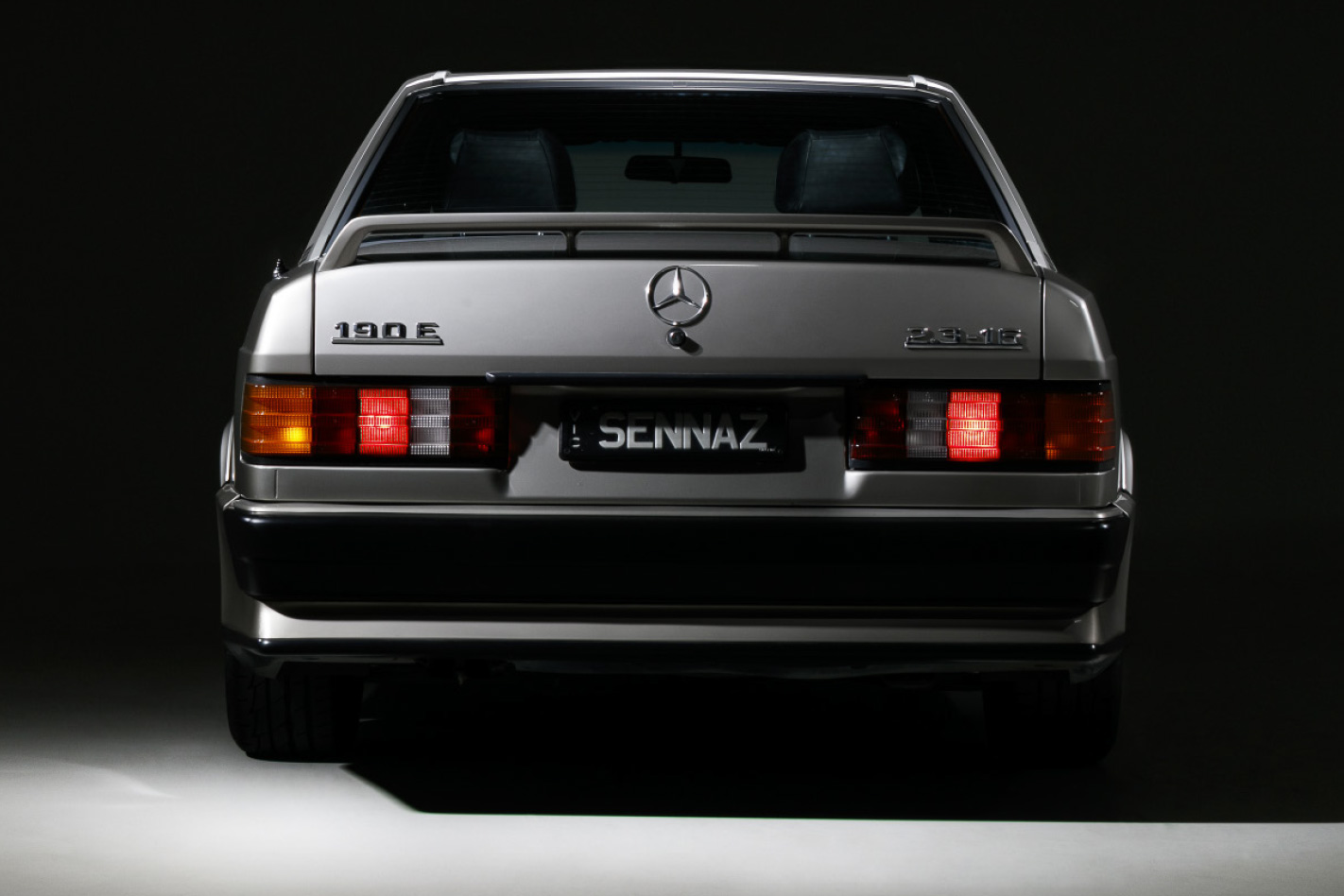
Values are only going one way, even though Mercedes built a lot of 190E 2.3-16s. Despite being overshadowed by the lairier E30 M3 back in the day, hindsight and a couple of decades’ worth of reflection allows us to appreciate the 2.3-16’s merits a little more clearly. This particular car is especially poignant. It’s 25 years since Ayrton Senna’s fatal crash at Imola, and while we may well go back and forth on the Brazilian’s place in F1’s canon, we’re not about to fault his choice in cars. Never meet your heroes, they say. Rubbish. They’re heroes for very good reasons.


